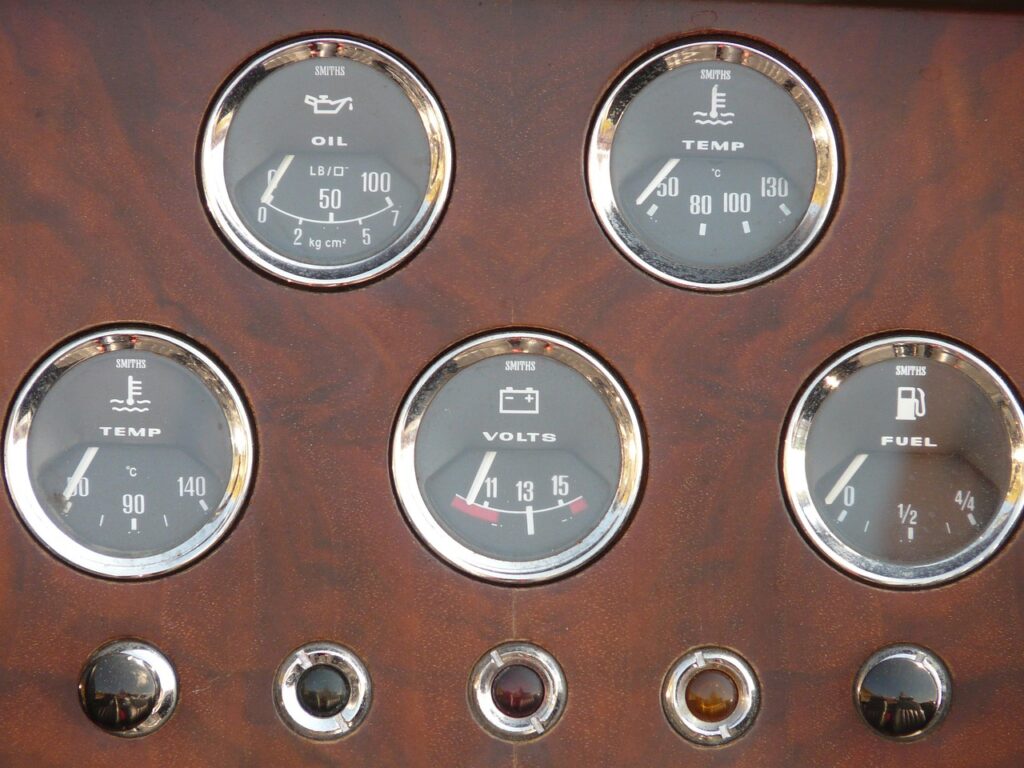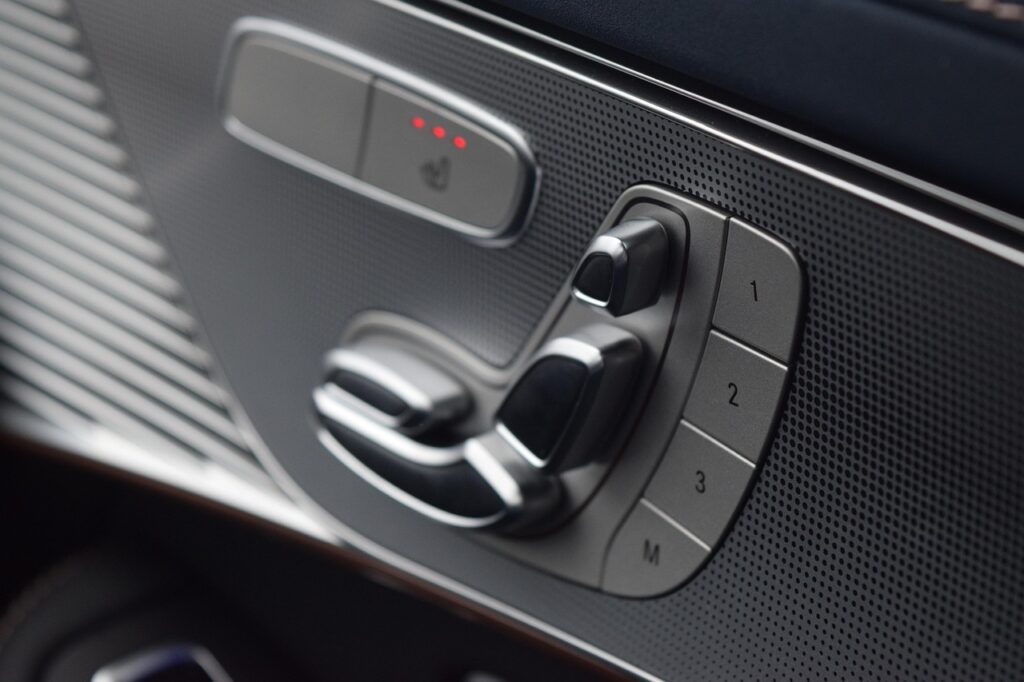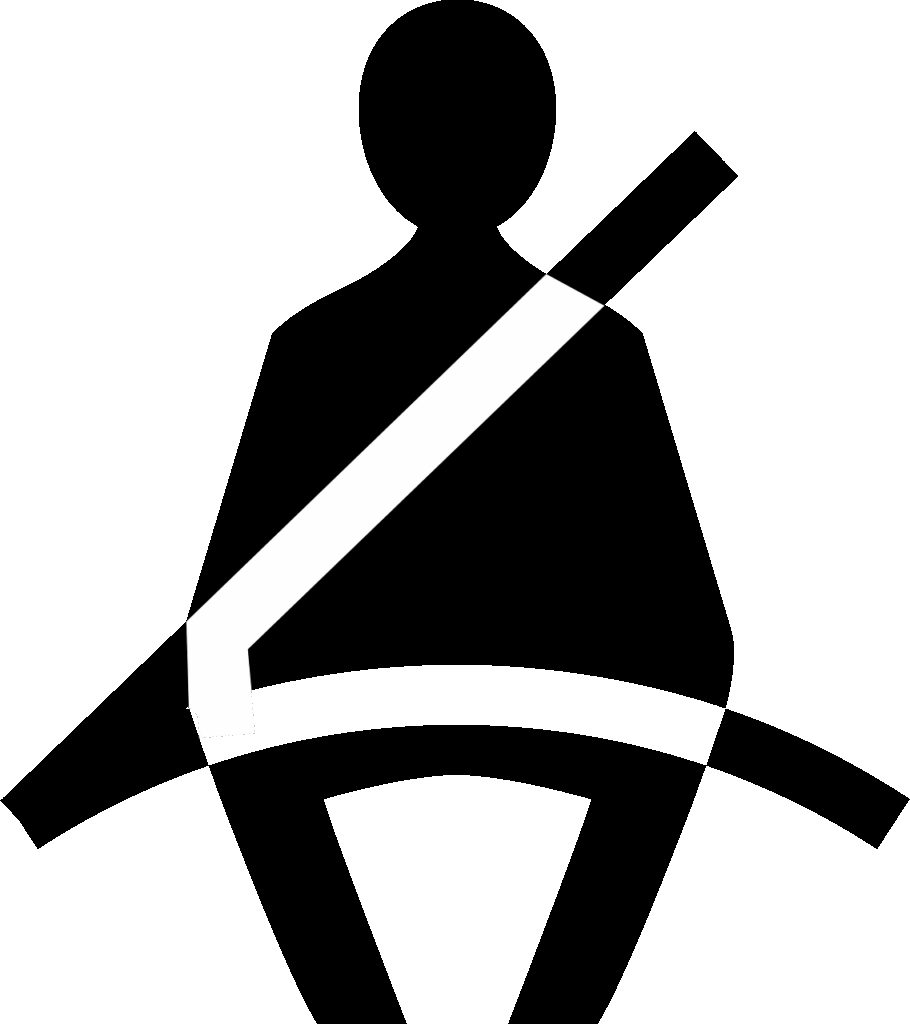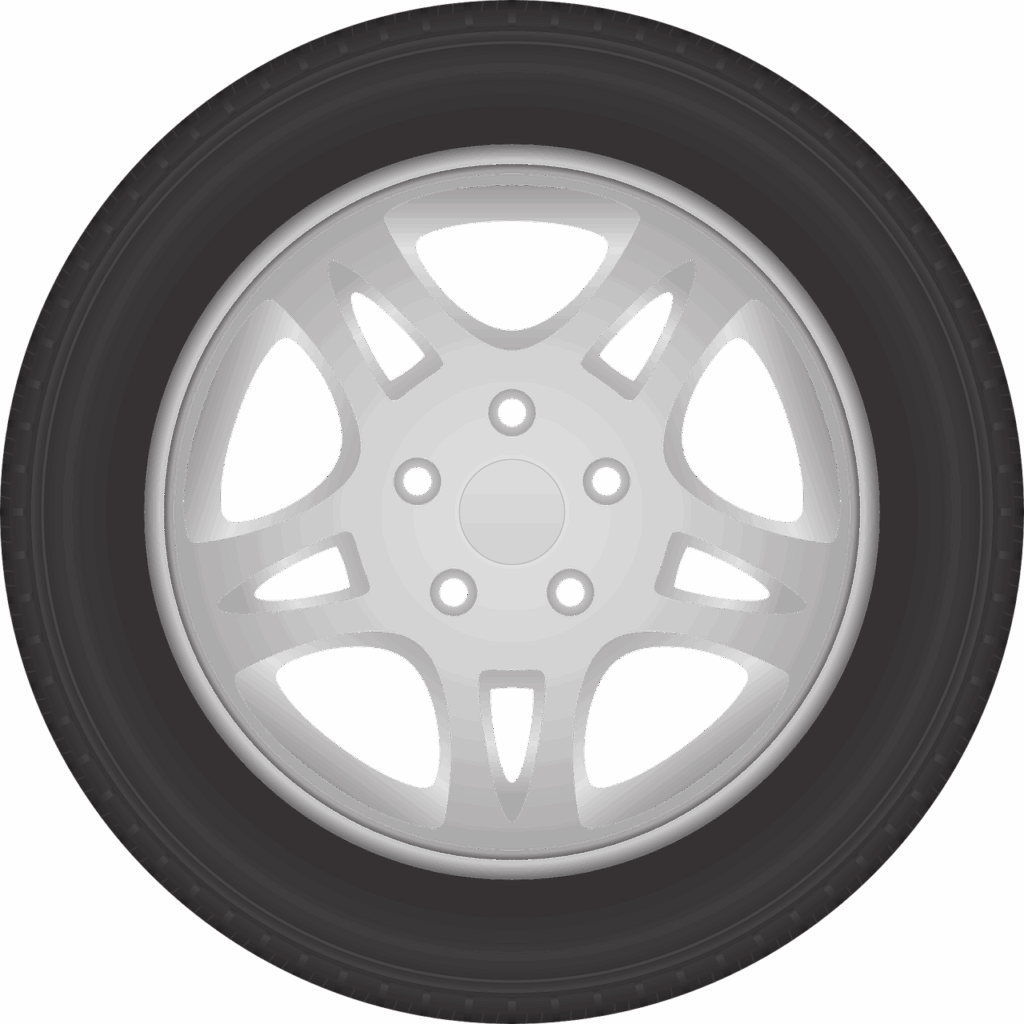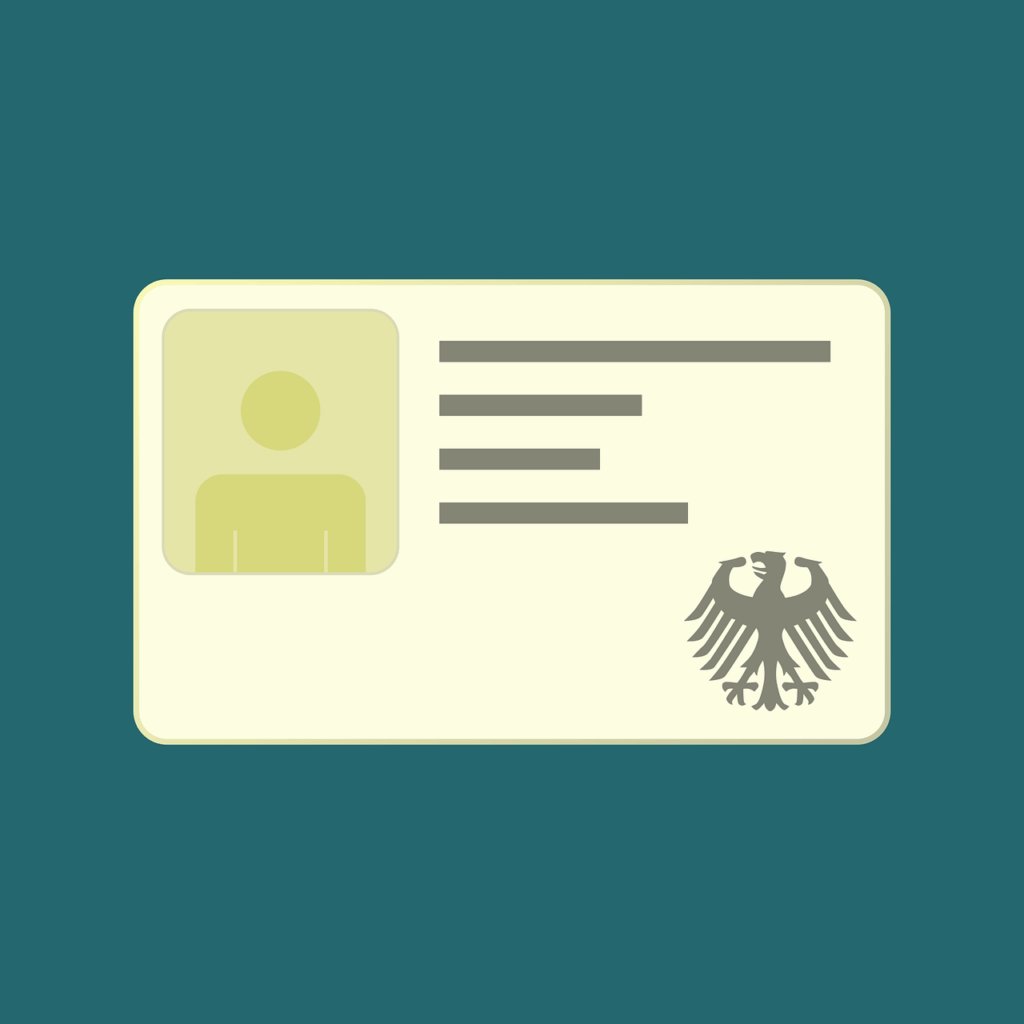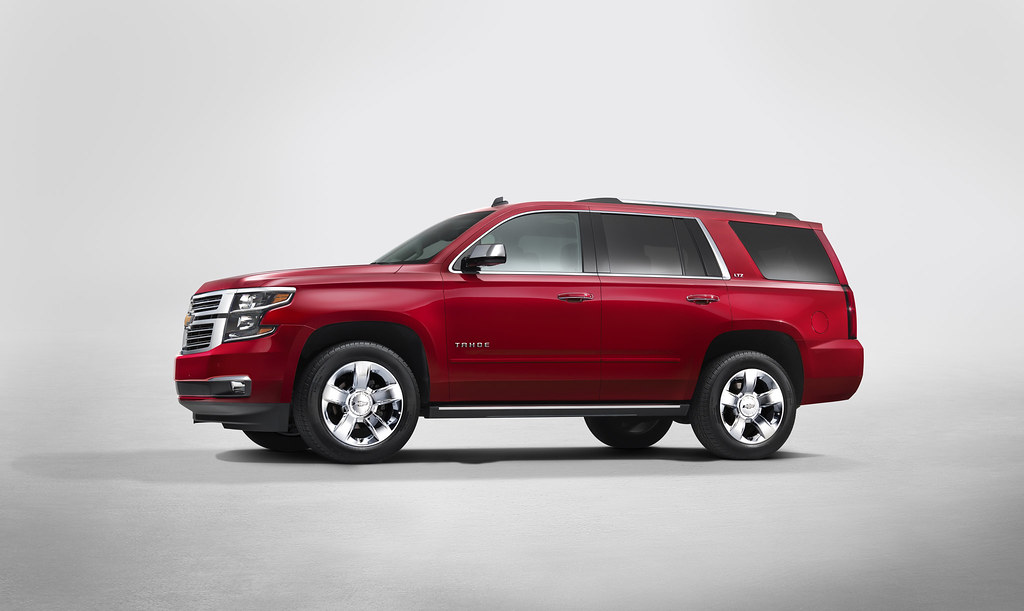
Learning to drive is undoubtedly one of life’s significant milestones, offering an unparalleled sense of freedom and independence. Whether you’re navigating the daily commute, tackling errands, or embarking on a much-anticipated weekend escape, having command behind the wheel opens up a world of possibilities. Yet, with this exciting new liberty comes a profound responsibility, especially for those just starting out or even seasoned drivers who sometimes overlook the basics. The initial moments before you even shift into ‘Drive’ are arguably the most crucial for setting the stage for a safe and smooth journey.
Driving a car is an intricate dance of observation, anticipation, and quick decision-making, demanding your full attention from the moment you step towards your vehicle. It’s easy to feel a rush of nerves or to become overwhelmed by the sheer number of things to remember. But fear not! Developing a robust pre-drive routine isn’t about memorizing an endless list of rules; it’s about building good, practical habits that empower you, reduce distractions, and significantly increase your safety on the road. This isn’t just about passing your driving test – though it will certainly help with that – it’s about making every single trip a confident and secure experience.
Think of your car as an extension of yourself, and like any important task, preparation is key. We’ve compiled an essential, actionable checklist of critical steps you should take every single time before your wheels even begin to turn. These aren’t just ‘good ideas’; these are fundamental practices designed to get you comfortable, keep you safe, and ensure your vehicle is ready for whatever the road throws your way. Let’s dive into the first half of these indispensable pre-drive actions, transforming uncertainty into absolute confidence before you even hit the ignition.
1. **Get Comfortable with Your Car’s Controls**
One of the most frequently overlooked yet fundamental first-time driving tips is to thoroughly learn the ins and outs of your vehicle’s basic operations before you put it in gear. Every car, much like every driver, possesses its own unique quirks and layout. Even if you’ve been a passenger countless times or watched someone else drive, a few minutes spent familiarizing yourself with your specific vehicle’s controls will dramatically reduce fumbling and increase your safety once you’re moving.
Start by methodically locating all the essential controls that you’ll need to access without looking away from the road. This includes your turn signals, which are crucial for communicating your intentions to other drivers, and your headlights for visibility. Make sure you know where your windshield wipers are and how to operate them at different speeds, along with the hazard lights for emergencies and, of course, the horn for necessary alerts.
Beyond these, take a moment to understand your car’s environmental controls, such as how to turn on the air conditioning and defrosters effectively – clear visibility is non-negotiable in all weather conditions. Familiarize yourself with the gear shifter, whether your vehicle is an automatic or a manual, understanding the positions for park, reverse, neutral, and drive. Finally, glance at your dashboard to grasp the meaning of various warning lights, know how to read your fuel gauge, and locate your speedometer. This foundational knowledge is crucial; knowing your vehicle’s layout helps you avoid fumbling for controls while driving, which reduces distractions and significantly increases safety.
Read more about: Buyer Beware: 9 Luxury Sedans That Start Falling Apart After 70000 Miles
2. **Adjust Your Seat for Optimal Comfort and Safety**
Before you even think about starting the engine, your very first task upon entering the vehicle should be to ensure your driver’s seat is in the absolute correct position. This isn’t just about personal comfort; it’s a critical safety measure that dictates your ability to control the car effectively. Being comfortable and properly positioned will help you relax during what can initially be a nerve-wracking experience, especially for new drivers.
Take the time to adjust your seat so that you can reach all the pedals—accelerator, brake, and clutch if it’s a manual—comfortably and with full range of motion. You should be able to press them all the way down without stretching or straining. Equally important is your ability to comfortably reach and operate all other controls, such as the steering wheel, turn signals, and gear shifter, without leaning forward or compromising your posture. The controls for seat adjustment are typically located on the left side of the seat, and they might be mechanical or electric depending on your car.
Crucially, while adjusting your seat for reach and comfort, you must also maintain a safe distance from the steering wheel, particularly for airbag safety. Most airbags require approximately ten inches of space to deploy fully and safely. Sitting too close to the airbag’s deployment site, which is typically in the dashboard or steering wheel, can lead to severe injury if it activates during an accident. Therefore, ensure you have sufficient clearance while still maintaining optimal control. This balance of reach, comfort, and airbag safety is non-negotiable for every drive.
Read more about: 12 New Cars Named ‘Best Buys’ for 2025: An Expert Guide for Savvy Shoppers
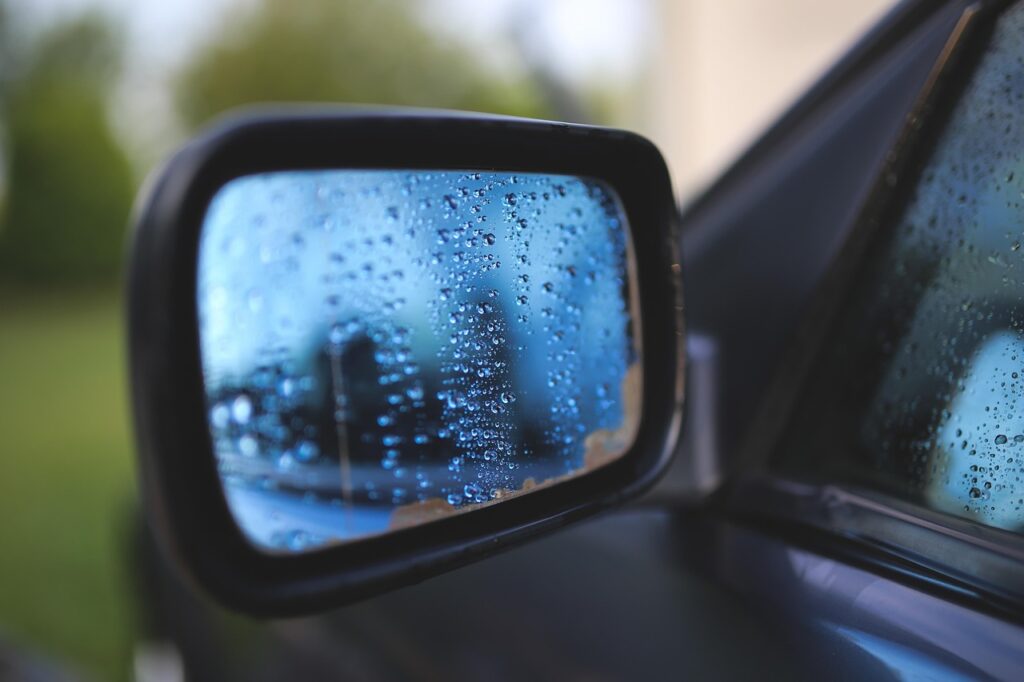
3. **Position Your Rear-View Mirror Correctly**
Once your seat is perfectly adjusted, your next vital step in ensuring a safe driving environment is to correctly position your rear-view mirror. This mirror is your primary tool for understanding what is happening directly behind your vehicle, and its proper adjustment is fundamental for maintaining situational awareness and executing safe maneuvers. Without a clear view, you’re driving with a significant blind spot directly behind you, which is an unnecessary risk.
The rule of thumb for the inside rear-view mirror is straightforward: adjust it so that you can see the entire rear window from your driver’s seat. The center of the mirror should align precisely with the center of your rear window. This optimal positioning allows you to survey the area behind your car with minimal effort. You should only have to move your eyes, not your entire head, to check this mirror. This seemingly small detail ensures that quick glances become efficient and accurate, keeping your primary focus on the road ahead.
For taller drivers, an interesting and practical tip from the experts is to consider repositioning the mirror upside down, if possible. This seemingly simple alteration can often raise the bottom edge of the mirror by about one to two inches. The benefit here is substantial: it can significantly reduce a major blind area directly in front of tall drivers, offering an even clearer forward view without obstruction from the mirror itself. Such precise adjustments are not just about comfort; they are about maximizing your field of vision, which is a cornerstone of defensive driving.

4. **Set Your Side-View Mirrors to Minimize Blind Spots**
After perfecting your rear-view mirror, turn your attention to the side-view mirrors. While seemingly less straightforward than the rear-view, their correct positioning is paramount for detecting vehicles in adjacent lanes and, crucially, minimizing your blind spots. There’s some debate about the absolute ‘optimal’ position, but understanding the techniques allows you to choose the best setup for your driving style and safety needs.
Traditionally, new drivers are often taught to adjust the side mirror so that the rear door handle is just visible in the bottom inside corner of the mirror. This method offers a clear reference point, giving you an immediate idea of where your vehicle sits in relation to its surroundings. This can be particularly helpful for beginners as it provides an intuitive understanding of your car’s physical presence on the road. However, the drawback of this traditional positioning is that it can create larger-than-necessary blind spots, making it harder to spot vehicles creeping up alongside you.
To significantly decrease these problematic side blind spots, you can employ a more advanced technique. Start by setting your side mirrors using the traditional method outlined above. Then, shift them slightly outward until the sides of your vehicle just disappear from view. This adjustment expands your peripheral vision, allowing you to see vehicles that might otherwise be hidden in your blind spot. While this might initially make it a bit harder to gauge your car’s exact position relative to what you see in the mirrors, the trade-off for enhanced blind spot coverage is a vital safety improvement, especially when changing lanes.
Whichever method you choose, the key is to ensure that your side mirrors complement your rear-view mirror, providing a continuous field of vision that minimizes gaps. These mirrors, when properly adjusted, become your vigilant sentinels, allowing you to drive more defensively and confidently. Regularly checking them before and during your drive is a habit that will pay dividends in safety throughout your driving career, helping you avoid potential collisions and stay aware of your surroundings at all times.
Read more about: Mastering the Unseen: Comprehensive Strategies to Conquer Driving Blind Spots Without Constant Mirror Adjustments
5. **Secure Your Seatbelt Properly**
This might seem like the most obvious item on any pre-drive checklist, yet its importance cannot be overstated: wearing your seatbelt should be a reflex, an automatic action every single time you enter a car. It is the simplest, most effective, and unequivocally most crucial step you can take to ensure your safety and the safety of your passengers. Seatbelts are designed to be your first line of defense in the event of a collision, drastically reducing the risk of serious injury or even being ejected from the vehicle.
Beyond being a smart safety practice, wearing a seatbelt is a legal requirement in most states, and failure to comply can result in tickets, fines, and far more severe consequences in the event of an accident. It’s not just about your personal well-being; it’s about setting an example and ensuring everyone in your vehicle is equally protected. Make it an unbreakable rule: no vehicle movement until every occupant is properly buckled up. This commitment to safety begins with you, the driver, establishing the standard.
Proper positioning of your seatbelt is just as vital as wearing it. The upper strap must sit diagonally across your chest, resting firmly on your shoulder and collarbone, not on your neck or arm. Concurrently, the lower strap should cross your upper thigh area, snug against your hips, and never resting on your stomach. Crucially, ensure the entire seatbelt lies flat against your body, with no twists or slack. Incorrect positioning can, in fact, lead to injuries in an accident, rather than preventing them. Taking these few seconds to adjust your seatbelt correctly is a small effort for a monumental gain in safety and peace of mind on every journey.
Read more about: The Hidden Hazards: 12 Common Driving Laws You’re Likely Breaking Without Realizing It

6. **Conduct an External Vehicle Walk-Around**
Before you even step into the driver’s seat, adopting the habit of a quick external vehicle walk-around is an indispensable step in your pre-drive routine. This action allows you to detect potential hazards or issues that are simply impossible to spot once you’re inside the car, with the hood and trunk obstructing your view. It’s an essential pre-drive checklist item used even by the DMV during practical driving exams, highlighting its critical importance for immediate safety and overall vehicle awareness.
During your walk-around, your primary focus should be on ensuring a clear path for your vehicle. Carefully check around the entire car once – at the front, sides, and rear – for any animals, small children, or other objects that might obstruct your path. This diligent visual scan is particularly vital in residential areas or parking lots where children and pets might unexpectedly be near your vehicle. Many tragic accidents occur because drivers fail to check behind their vehicles before backing up, making this a non-negotiable safety check.
While conducting this inspection, also take a moment to look underneath your vehicle. This quick glance can reveal if any fluids are leaking, which could indicate a potential mechanical issue that needs addressing before you set off. Catching a fluid leak early can prevent costly breakdowns or even dangerous driving conditions. Incorporating this simple walk-around into your routine means you’re proactively addressing potential risks, ensuring that you and your vehicle are fit and ready for the journey ahead, starting every drive with a clear, unobstructed path and a greater sense of security.
Read more about: China’s Military Ambitions and the F-35 Conundrum: Unpacking the Geopolitical Realities in the Indo-Pacific
7. **Inspect All Lights and Windows for Cleanliness and Function**
Visibility is not just important; it is paramount to safe driving, and this extends to both your ability to see the road and other drivers’ ability to see your vehicle. Therefore, a crucial part of your pre-drive checklist must involve a thorough inspection of all your car’s lights and windows for cleanliness and functionality. Dirty or malfunctioning lights, coupled with an unclean windshield, can severely compromise your ability to react safely to driving conditions.
Begin by checking all your external lights: headlights, taillights, brake lights, and turn signals. They must all be reasonably clean and, more importantly, in proper working order. Dead bulbs or broken signals are not only illegal and can result in tickets, but they are also incredibly dangerous. These lights are your vehicle’s primary means of communicating your presence and intentions to other drivers, especially at night or in adverse weather conditions. A quick inspection can literally make a world of difference, ensuring you are seen when it matters most.
Next, turn your attention to your windshield, side, and rear windows. These must be clean and clear of any dirt, grime, or obstructions. Dirt or smudges on the windshield can become a serious problem, particularly in sunny conditions where glare can be intensified, severely affecting your visibility and creating dangerous blind spots. Likewise, ensure your side and rearview mirrors are free of smudges, as clean mirrors are necessary for changing lanes or merging safely. Taking these few moments to ensure unimpeded visibility from all angles is a fundamental step in preparing for a safe and secure journey, allowing you to perceive potential hazards and react accordingly.
Okay, so you’ve nailed the initial internal adjustments and a quick external scan. That’s fantastic! You’re already miles ahead in building smart driving habits. But your journey to becoming a truly prepared and confident driver doesn’t stop there. Now, let’s shift our focus to the ‘Mental & Practical Pre-Flight’ – those critical confirmations about your readiness, your vehicle’s deeper condition, and your overall trip preparedness. These next seven steps are about diving a bit deeper, ensuring everything is truly optimal for a worry-free start.
Read more about: Unlock Major Savings: 15 Essential Car Maintenance Hacks That Can Save You Over $1000 Annually (Even on Brand New Models)
8. **Verify Tire Pressure and Tread Depth**
While a quick walk-around in Section 1 helps spot a visibly deflated tire, true tire health requires a more precise check. Under-inflated tires aren’t just a nuisance; they’re a significant safety hazard. They wear out unevenly and prematurely, drastically reduce your fuel efficiency, and can compromise your car’s handling, especially during sudden maneuvers or emergency braking. This is one of those checks that directly impacts both your safety and your wallet.
Checking your tire pressure is simple and only takes a minute. You’ll need an inexpensive tire pressure gauge, which you can find at any auto parts store. Locate the recommended tire pressure, usually found on a sticker inside your driver’s side door jamb or in your car’s owner’s manual. Then, press the gauge firmly onto the tire’s valve stem and read the number. If it’s too low, add air; if it’s too high, let some out until it matches the recommended PSI (pounds per square inch). Always check tires when they are cold for the most accurate reading.
Beyond pressure, the tread depth is your tire’s grip on the road, especially in wet conditions. Low tread depth significantly increases your stopping distance and the risk of hydroplaning. You can perform a simple ‘penny test’ to check: insert a penny into a tread groove with Lincoln’s head upside down and facing you. If you can see the top of Lincoln’s head, your treads are shallow, and it’s time for new tires.
Read more about: Save a Fortune: 15 Essential Car Maintenance Hacks You Must Know
9. **Check All Critical Fluid Levels (Engine Oil, Coolant, Brake, Transmission, Power Steering)**
Think of your car’s various fluids as its lifeblood. Just like your body needs different systems to function, your vehicle relies on a precise balance of fluids to run smoothly, efficiently, and safely. Neglecting these checks can lead to costly repairs, unexpected breakdowns, and even dangerous driving conditions. This isn’t just about preventing leaks, but ensuring sufficient levels and healthy quality.
Your engine oil is paramount for lubrication and cooling. Before starting your car, pull out the dipstick, wipe it clean, reinsert it fully, then pull it out again to check the level. It should fall between the ‘min’ and ‘max’ marks. Also, observe the oil’s color and consistency; clear, golden-brown oil is good, while dark, gritty oil indicates it’s time for an oil change. Low or dirty oil can lead to engine damage or seizure.
Coolant, or antifreeze, is essential to prevent your engine from overheating or freezing. Check the coolant reservoir when the engine is *cold* – never open a hot radiator cap due to pressure. The fluid level should be between the ‘full’ and ‘low’ lines. A low coolant level could signal a leak or an impending overheating issue, which can quickly leave you stranded.
Beyond these, take a moment to confirm your brake fluid, transmission fluid, and power steering fluid levels. These are typically checked in their respective reservoirs, with clear markings for optimal levels. Each plays a vital role: brake fluid ensures your stopping power, transmission fluid keeps your gears shifting smoothly, and power steering fluid makes steering effortless. Consult your car’s manual for specific checking procedures, as they can vary by vehicle.
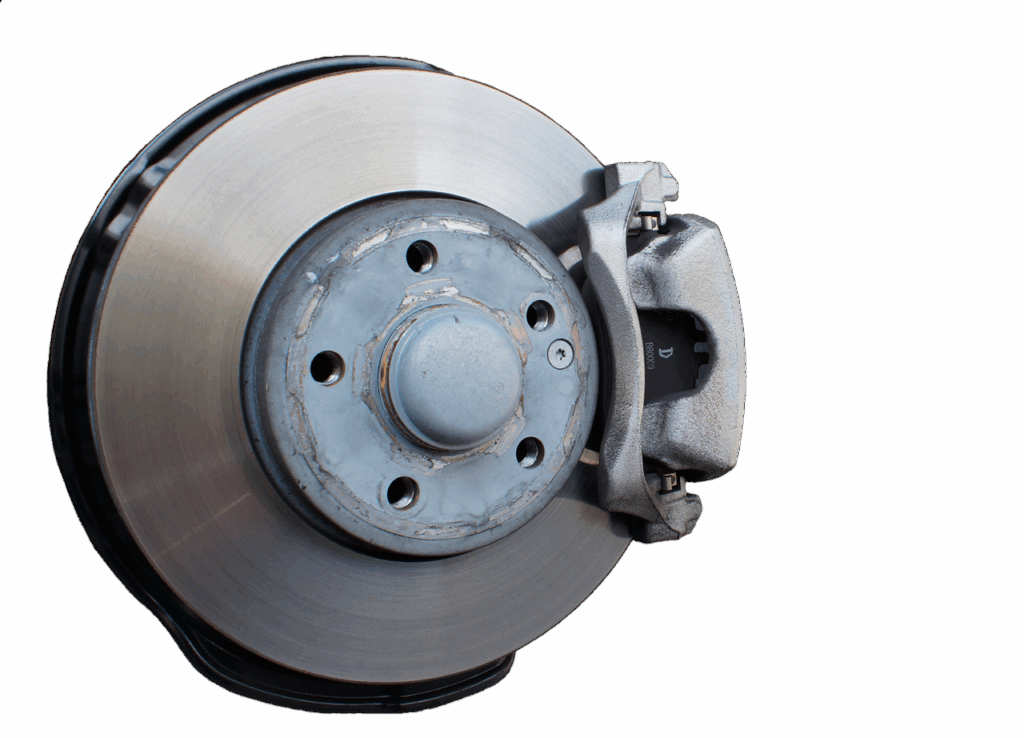
10. **Confirm Brake System Health (Pads and Fluid)**
Your brakes are your primary safety system, and their reliable function is non-negotiable. Knowing their condition before you drive is more than just a good habit – it’s crucial for preventing accidents. A car that can accelerate but can’t stop effectively is a danger to everyone on the road.
Beyond just checking the brake fluid level, you should be aware of your brake pads’ condition. Worn brake pads can lead to significantly longer stopping distances, and in extreme cases, metal-on-metal contact that can damage your rotors. Listen for squealing or grinding noises when you brake; these are often early warning signs. If you can visually inspect your brake pads through the wheel spokes, look for ample material remaining. If they look thin, have them professionally checked before a long journey.
The brake fluid itself is also critical. Low brake fluid levels can lead to a spongy brake pedal or even complete brake failure. This can be caused by a leak in the system or severely worn pads that require the calipers to extend further. If your brake fluid is consistently low, it’s a red flag that demands immediate attention from a mechanic, not just a top-up. Don’t take chances with your stopping power.
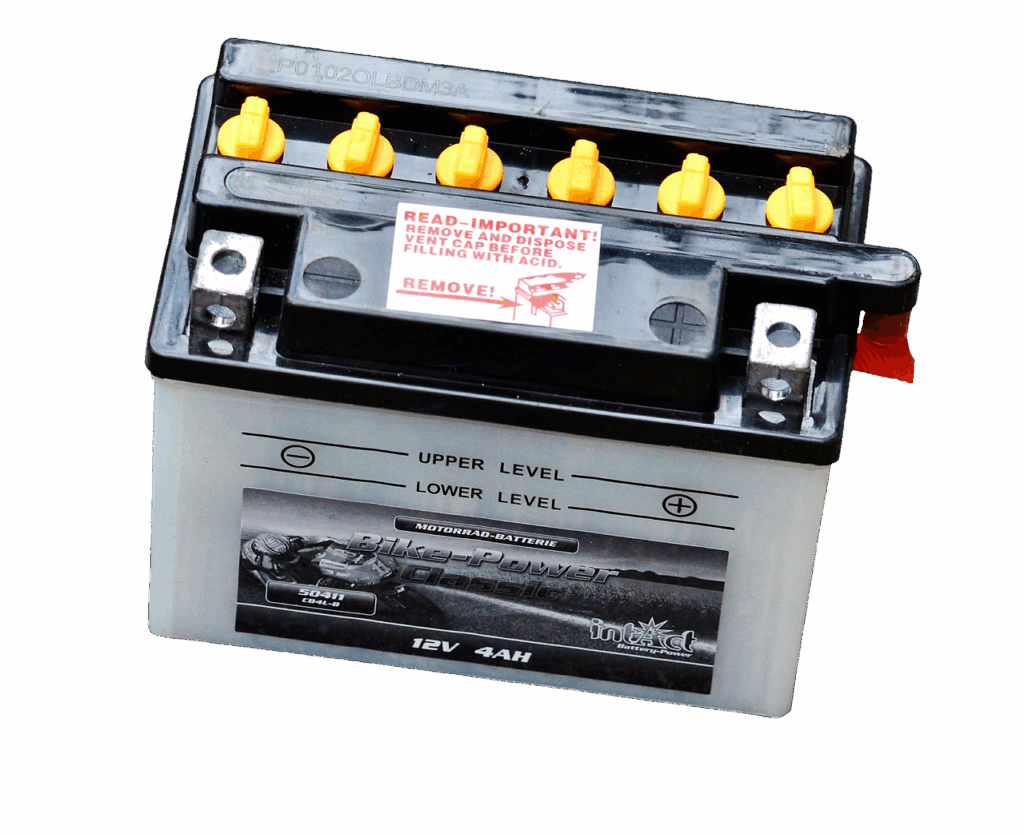
11. **Assess Battery Charge and Terminal Cleanliness**
Imagine this: you’ve loaded up the car, keyed in your destination, and turn the ignition, only to be met with a pathetic click or silence. A dead battery is a common, frustrating, and entirely preventable roadside regret. A quick pre-drive check of your battery can save you from being stranded and dealing with the hassle of a jump-start or tow.
Checking your battery’s charge is relatively straightforward. While an auto shop can give you a precise reading, a simple multimeter can offer a basic indication of voltage. More importantly, visually inspect your battery’s terminals. These are the connection points where cables attach to the battery posts. Look for any white, blue, or greenish buildup, which is corrosion.
Corrosion on battery terminals acts as an insulator, preventing a good electrical connection and hindering your battery’s ability to deliver power effectively. If you spot corrosion, it’s vital to clean it off. You can do this carefully with a wire brush and a mixture of baking soda and water (always wear gloves and eye protection!). Ensuring clean, tight connections means your battery can reliably power your car, giving you peace of mind that your vehicle will start every time.
Read more about: The Unbiased Truth: Your Definitive Guide to Over 14 Critical Checks Before Buying a Used Car
12. **Prepare for the Unexpected: Roadside Emergency Kit and Assistance**
No one plans for a flat tire, an empty gas tank in the middle of nowhere, or a minor fender bender. But road trips, big or small, sometimes throw curveballs. Being prepared for the unexpected isn’t about being pessimistic; it’s about being smart and empowered. Having a well-stocked emergency kit and knowing your roadside assistance options can transform a stressful situation into a manageable minor inconvenience.
Your roadside emergency kit should be tailored to your typical drives and personal needs. A basic kit should include essentials like jumper cables, a flashlight with extra batteries, a first aid kit for minor injuries, basic tools (like a screwdriver and wrench), reflective triangles or flares, and possibly a small blanket. Don’t forget some non-perishable snacks and water, especially on longer trips. Having these items can make a world of difference when help isn’t immediately available.
Equally important is confirming your roadside assistance coverage. Many car insurance policies, car manufacturers, or independent clubs offer this service. Make sure your subscription is active and you know how to contact them. Whether it’s a tow, a tire change, a lockout service, or a fuel delivery, roadside assistance can be a lifesaver, ensuring you’re never truly alone on the road. A quick call can save you stress, time, and potentially high costs.

13. **Plan Your Route and Stay Weather-Aware**
In the age of GPS and smartphone navigation, it’s easy to blindly follow directions without truly understanding your route. But a little pre-planning goes a long way in reducing stress, avoiding unexpected detours, and ensuring a smoother journey. Knowing where you’re going, beyond just the next turn, contributes significantly to your driver readiness.
Before you even back out of the driveway, take a few moments to review your route. Look at the big picture: major highways, potential trouble spots, and alternate routes. While navigation apps are incredibly useful, having a mental (or even physical) map helps you stay calm if your GPS signal drops or if you need to make an unplanned diversion. Knowing where you’re going prevents fumbling with your phone while driving, which is a major distraction.
Staying weather-aware is equally crucial. Rain, snow, fog, or even strong winds can dramatically impact road conditions, visibility, and traction. Check the forecast for your entire journey, not just your starting point. If inclement weather is expected, adjust your plans accordingly: consider delaying your trip, allotting more travel time, or choosing a safer, slower route. Driving slower and more carefully in poor conditions is a simple yet effective defensive strategy that begins with anticipation.
14. **Gather Essential Documents (Driver’s License, Vehicle Registration, Insurance Card, Car Manual)**
Beyond the mechanics and mental preparation, there’s a vital administrative side to driving safely and legally. Carrying the correct documentation isn’t just a legal requirement; it’s a practical necessity that can save you a significant headache during a traffic stop, an accident, or a breakdown. These small pieces of paper are your official proof of permission and protection on the road.
Your driver’s license is your official authorization to operate a vehicle. Always ensure it’s current and in your possession before you start driving. Alongside it, your vehicle registration confirms your car is legally registered with the state, proving ownership and compliance. Keeping both in your glove compartment or wallet means you’re prepared for any official inquiry.
Your insurance card is another non-negotiable item. It provides proof of financial responsibility, which is legally required in most places. In the unfortunate event of an accident, your insurance information is critical for exchanging details with other parties and initiating claims. Having it readily accessible streamlines what can otherwise be a very stressful process.
Finally, while often overlooked, your car’s owner’s manual is a treasure trove of information. It contains specifics about your vehicle’s features, maintenance schedules, troubleshooting tips, and even emergency procedures like changing a tire. Knowing where it is, or at least having a digital copy accessible on your phone, can be incredibly helpful for on-the-spot problem-solving or understanding those mysterious dashboard warning lights.
By diligently working through these seven ‘Mental & Practical Pre-Flight’ checks, you’re not just going through the motions; you’re building a comprehensive approach to driving that prioritizes safety, preparedness, and peace of mind. Every one of these steps equips you with more control, more confidence, and a significantly reduced risk of unexpected surprises on the road. So, go forth, drive safely, and enjoy the journey, knowing you’ve done everything you can to be truly ready.

